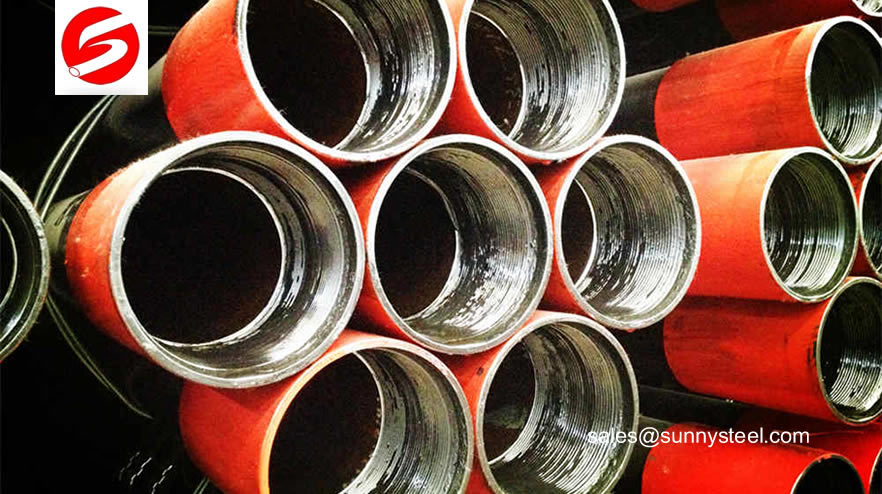Fluid pipes are hollow cross section, no welded joint from start to finish. Steel tube with a hollow cross-section, for a large number of pipe conveying fluid pipeline to transport oil, natural gas, coal gas, water and some solid materials.
Compared to solid steel such as steel pipes and round steel in flexural torsional strength the same, lighter, is an economic section steel, widely used in the manufacture of structural parts and mechanical parts, such as drill pipe, automotive transmission, bike frame and steel used in construction scaffolding.
Having the nature of the fluid medium, in addition to the liquid medium such as water, oil, solution, etc., cement, grain, coal and other solid media, under certain conditions, can also be mobile.
Fluid tubes made of steel, copper, titanium and other non-ferrous metals manufacturing, and even can be manufactured from plastic and other non-metallic materials. Must be fluid tube having a hollow cross-section, but can also be square, triangular or any other shape, and some of the equipment subject to conditions, it must be used a rectangular tube, but most or using round tube. Tube in all geometric cross-section having a minimum perimeter / area ratio of the maximum internal cross-section, i.e. under conditions using the same amount of materials can be obtained.
Steel pipe due to its low cost, high strength, in the modern society, the fluid delivery to be widely applied. Steel pipe into seamless steel pipe and welded pipe two categories according to their production process, which welded pipe is divided into ERW (ERW), spiral welded pipe (SSAW), submerged arc welded pipe (UOE). In the past, the fluid tubes to the traditional use of seamless steel pipe, materials science, the molding process, the development and progress of the crew and equipment, welded pipe has been a great development.
Welded pipe has the advantages of better than seamless pipe wall thickness uniformity, high precision, low energy consumption, high production efficiency, demanding oil and gas pipeline (API standard), almost one hundred percent use of seamless pipe, today in the United States, Japan, Europe and the developed countries, more than 95% have been welded pipe replaced.
With ordinary steel pipe, the welded pipe for transporting fluid tubes have different requirements:
- the weld is not allowed to leak. Requirements for API like welded pipe, also requires ultrasonic inspection and hydrostatic test of each welded pipe welds;
- for conveying a corrosive chemical solution, all pipe must be carried out to the inner wall of anti-corrosion treatment;
- fluid tubes need to remove the inner burr in order to reduce the resistance to fluid transport.
Standards and grades of pipe for conveyance of fluid
- ASTM A53M: Gr.A, GR.B
- ASTM A106M: Gr.A, Gr.B, Gr.C
- GB/T 8163: 10#, 20#, Q345A, Q345B, Q345C, Q345D, Q345E
- JIS G3454: STPG 370, STPG 410
- JIS G3455: STS370, STS 410, STS 480
- JIS G3456: STPT 370, STPT 410, STPT 480













Comments